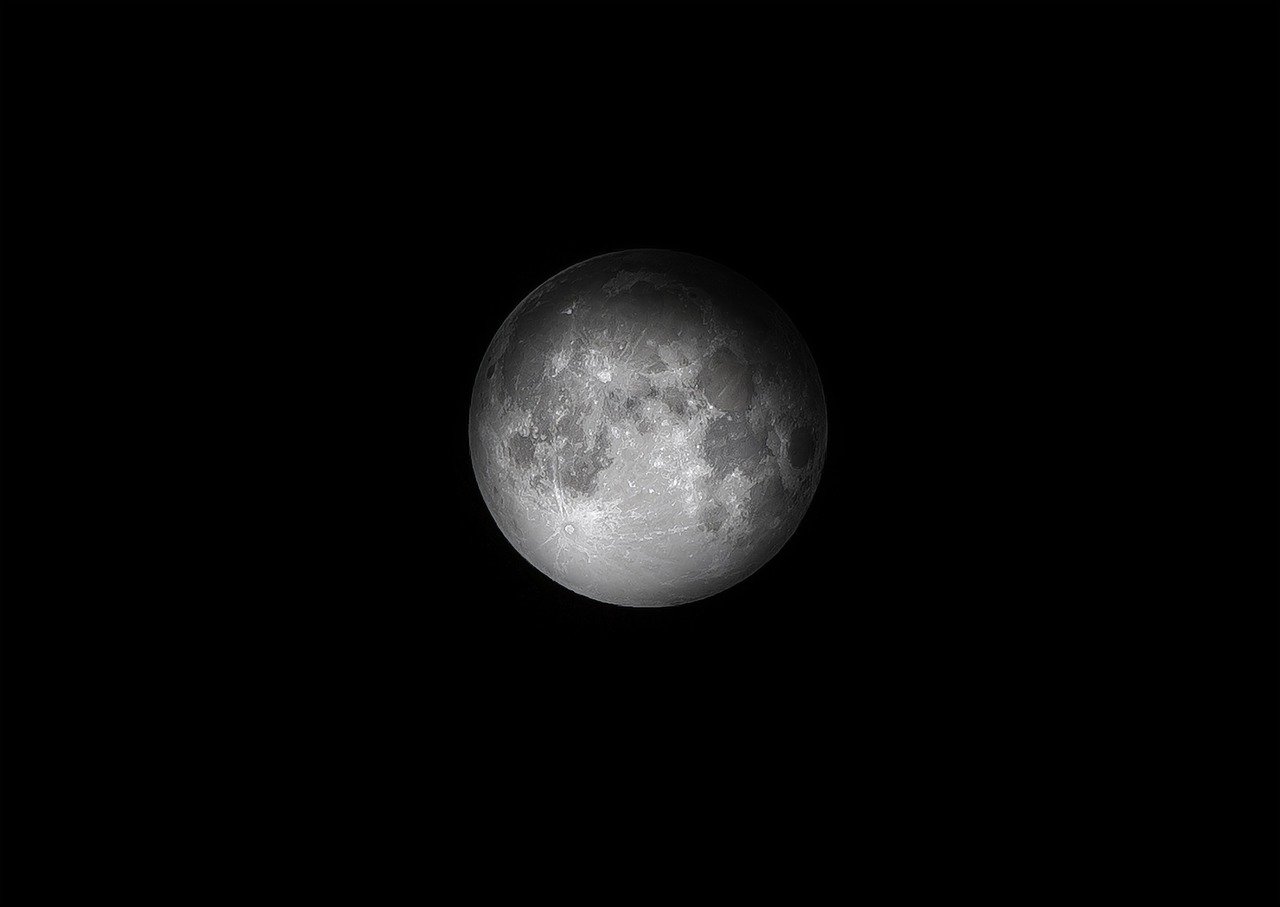NASA has been searching for evidence of water on the lunar surface for a long time, but couldn’t confirm it with certainty. The space agency believes there are traces of ice on the lunar poles, but couldn’t find actual liquid water as we know it on Earth. Now, NASA‘s instrument, the Lunar Reconnaissance Orbiter (LRO), has shown that there are water molecules moving on the moon.
In the last ten years, NASA has discovered that there is surface water in the form of water molecules attached to the lunar soil on the surface, or regolith. However, the LRO data shows that the water on the moon moves in intricate cycles. The LRO is equipped with a special instrument called the Lyman Alpha Mapping Project (LAMP) and it scans the lunar surface while searching for water with ultraviolet light. The instrument is so sensitive that it can sense even the smallest changes in a thin layer of molecules on the surface. The molecules are believed to be the movement of water particles.
Although NASA knew that the water molecules were bound to the regolith, they couldn’t figure out why the water molecules would appear only at certain times on different lunar locations. Now scientists have the answer. Temperatures on the moon vary between the lunar day and night. That said, when the surface temperatures reach higher temperatures toward noon on the moon, the moving water molecules on the moon release from the chemical bond with the regolith and bounce around to other locations on the moon. However, when the temperature drops again, the water molecules return to the surface.
“This is an important new result about lunar water, a hot topic as our nation’s space program returns to a focus on lunar exploration,” Dr. Kurt Retherford, the principal investigator of the LAMP instrument from Southwest Research Institute in San Antonio, Texas, said in a statement. “We recently converted the LAMP’s light collection mode to measure reflected signals on the lunar dayside with more precision, allowing us to track more accurately where the water is and how much is present.”
Scientists find these discoveries by NASA’s instrument critical as water molecules can’t be easily detected on the moon. Moving molecules are hard to detect.
Scientists have searched for water on the moon for a long time, mainly because of its practical use for future lunar expeditions. It could be used for astronauts to drink, or even extracted so that the hydrogen from water is used as a rocket fuel. Now, the newly found water molecules moving on the moon could be more promising for future missions to the moon.
“These results aid in understanding the lunar water cycle and will ultimately help us learn about accessibility of water that can be used by humans in future missions to the Moon,” Amanda Hendrix, a senior scientist at the Planetary Science Institute, said in the same statement. “Lunar water can potentially be used by humans to make fuel or to use for radiation shielding or thermal management; if these materials do not need to be launched from Earth, that makes these future missions more affordable.”





